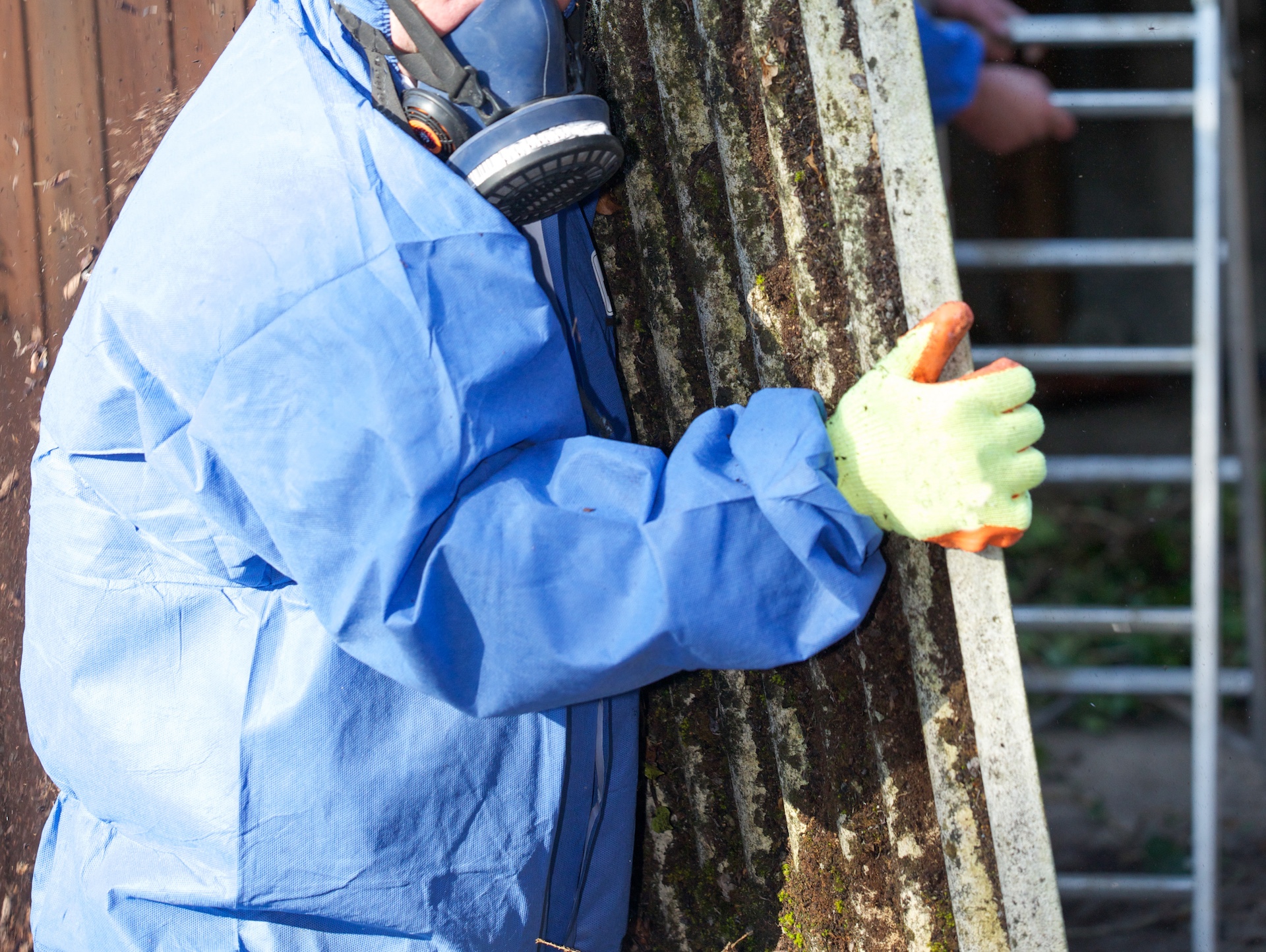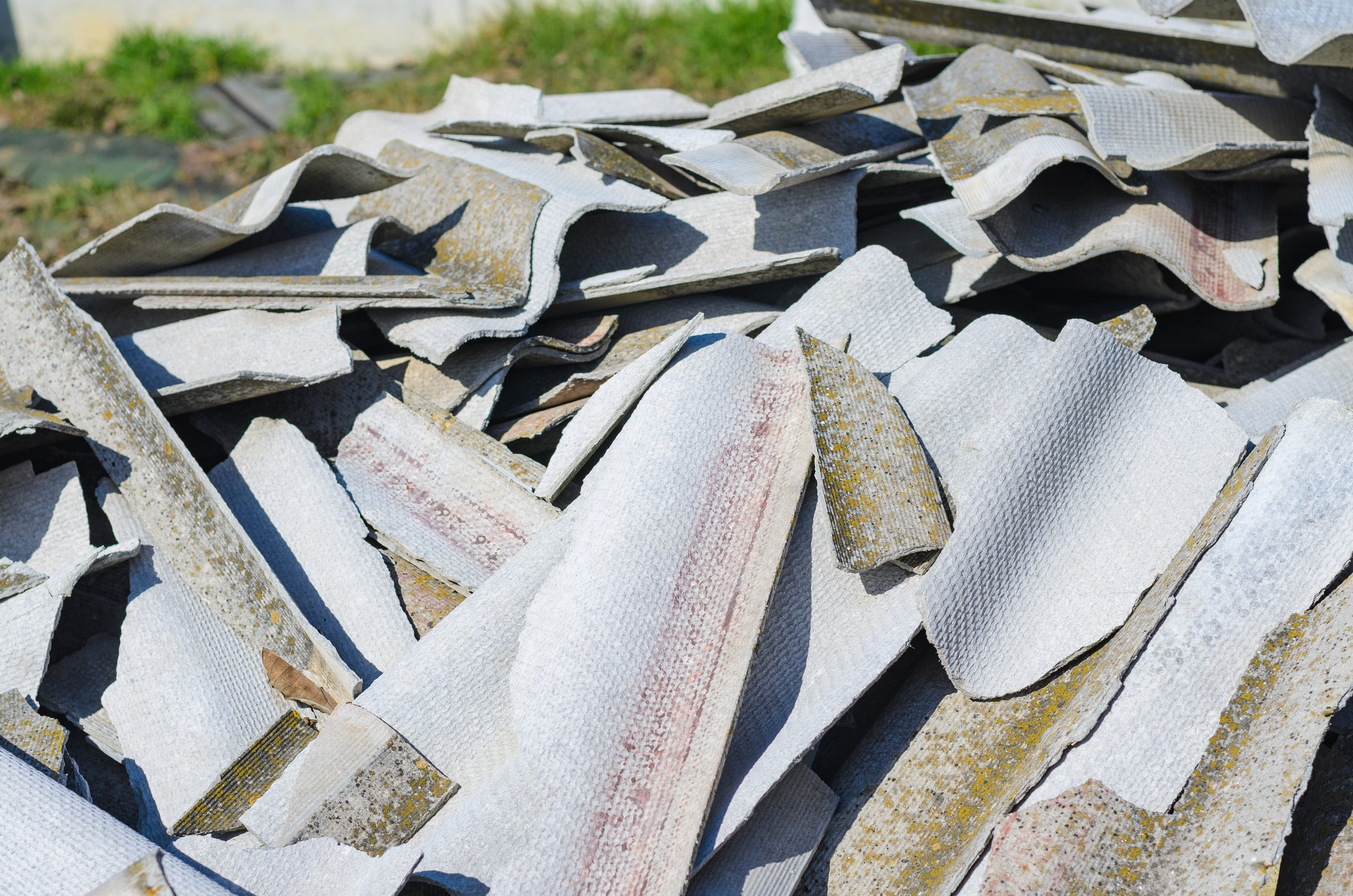Asbestos in the Workplace
Asbestos exposures in the workplace are the most significant risk factor for asbestos-related diseases. While it was once more widespread than today, it’s still usually encountered in occupational settings.
Most At-Risk Workplaces
Asbestos exposures can happen almost anywhere. Even offices and commercial buildings may pose a threat if the construction includes any asbestos-containing building materials.
Some of the most at-risk workplaces include:
- Construction sites: Throughout the 20th century, 70%-80% of all asbestos products were used in the construction industry. Since the material is commonly found in insulation and building materials, construction workers are at high risk for exposure. The danger increases in workplaces that renovate older buildings.
- Shipyards: Asbestos is a common material found in older ships, especially for pipe coverings, insulation, gaskets and valves. When shipyard workers deconstruct or perform repairs on older vessels, they may disturb the material. The risk increases because the work involves being in tight quarters.
- Manufacturing facilities: Manufacturers of textiles, friction products, insulation and other materials that contain asbestos put their employees at risk.
- Automotive repair shops: Mechanics involved in brake and clutch repair work can release asbestos during their work.
OSHA Regulations
OSHA has asbestos regulations for general industry, which you can find in the 29 CFR 1910.1001 standard. The administration also has specific rules for maritime workplaces, contained in the 29 CFR 1915.1001 standard. In the construction industry, you can refer to the 29 CFR 1926.1101 standard. The regulations include a maximum level of legally allowable exposure. Many states have an OSHA-approved state plan covering private and public workers.
The general industry standard requires employers to:
- Assess the workplace or construction site before work begins to determine how much asbestos exposure is possible.
- Monitor the workplace to determine if exposure increases above the maximum allowable level.
- Place signage where asbestos work is performed.
- Set up decontamination areas with proper hygiene practices and keep them separate from employee lunch areas.
- Conduct training before exposure and yearly refresher courses for workers exposed to asbestos.
- Provide medical surveillance as needed within the industry, which generally includes making medical examinations available to exposed workers.
- Maintain records for asbestos exposure for at least 30 years.
- Maintain medical surveillance records for each exposed employee through the duration of employment and for 30 years after.
Rights of Workers
Workers have several rights concerning asbestos exposure. According to OSHA, workers who may be exposed to asbestos have the right to:
- Receive training related to workplace asbestos hazards and relevant OSHA standards in a language they understand.
- Receive and wear safety gear and personal protective equipment (PPE) to limit the hazards of asbestos.
- Review workplace records of illnesses and injuries.
- See asbestos test and assessment results.
- File a complaint with OSHA and request an inspection to assess asbestos exposure or other safety hazards.
- Remain confidential when filing an OSHA complaint and exercise their rights without fear of retaliation.
Legal Ramifications
In general, asbestos-related diseases are handled through workers’ compensation claims. This route is an exclusive remedy, meaning the employee or former employee may not sue the employer if they receive compensation. The employee may sue the original manufacturer of the asbestos product for additional compensation. If the company does not cover asbestos exposures in its workers’ compensation package, the employee can sue the employer.
One complication is the liability for secondary asbestos exposure. An employer’s legal responsibility for others who develop illnesses after exposure to the worker is complicated. The legal ramifications depend on the state, and asbestos laws are still evolving.













